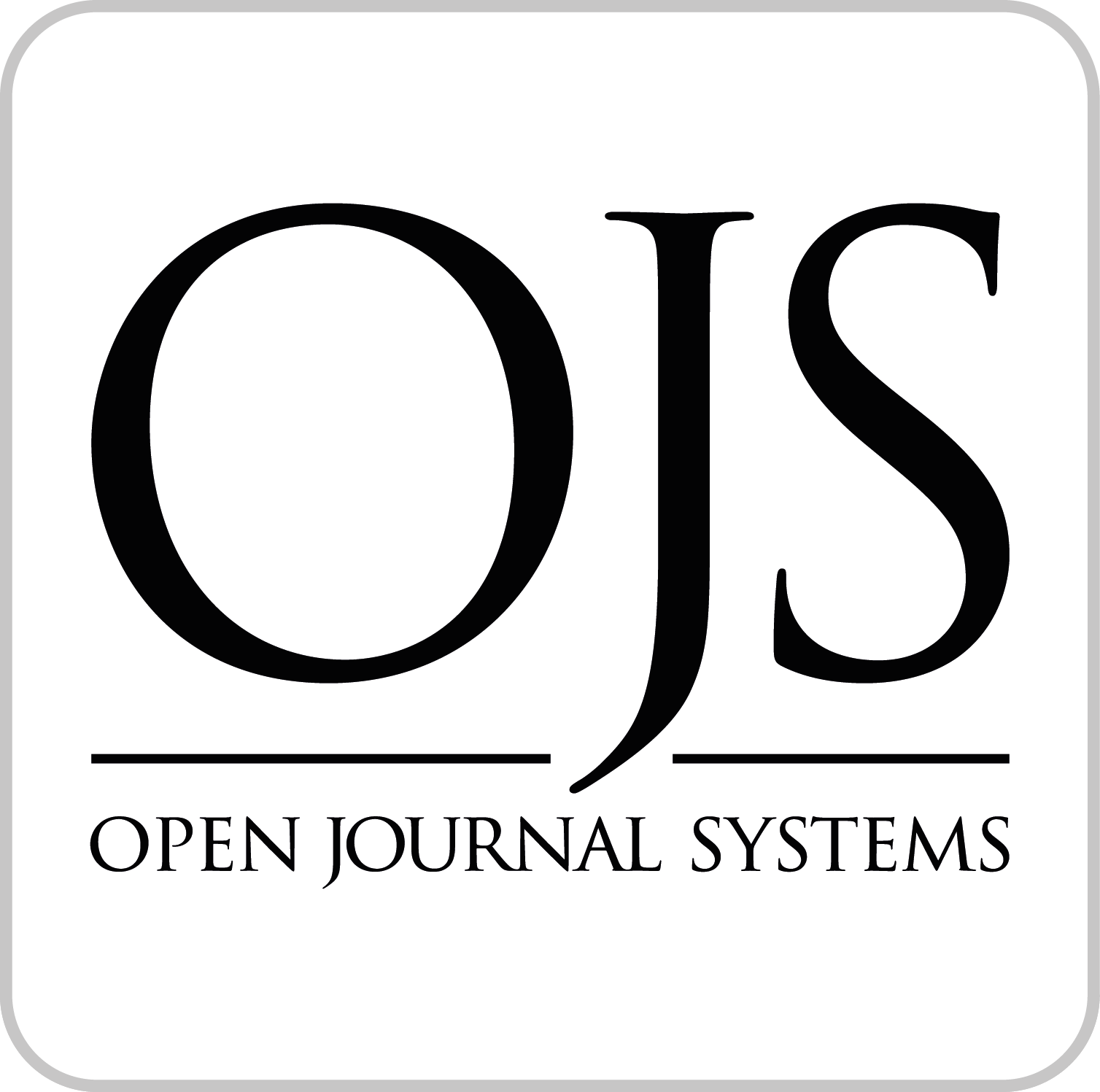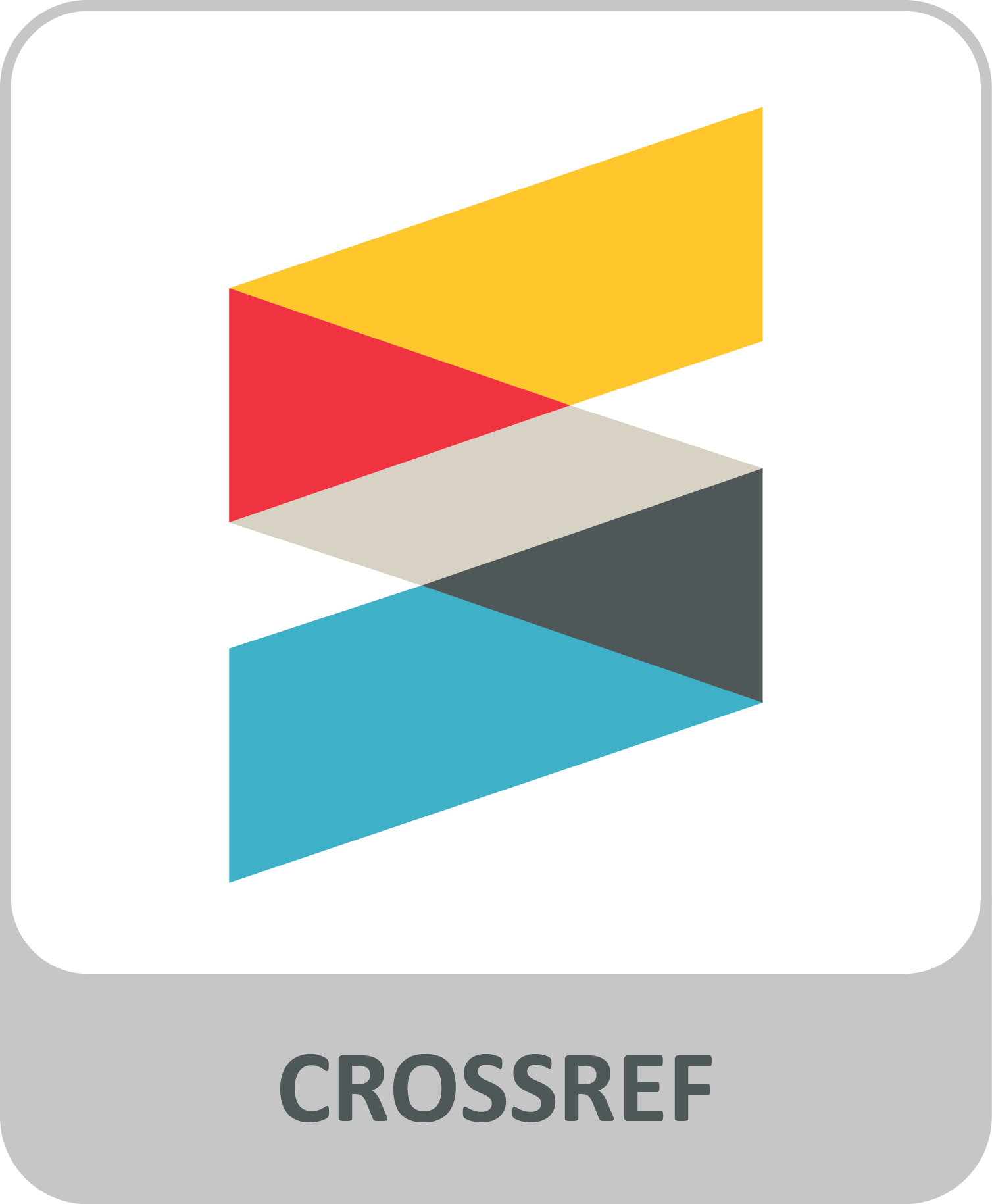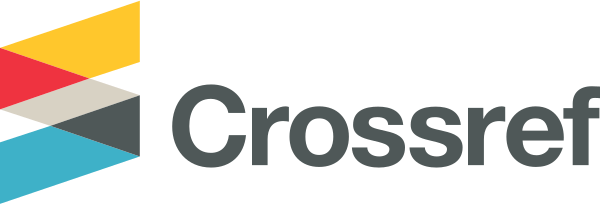
Metrics
Journal Metrics
 Article views, downloads (e. g. PDFs) and playback of audio/video files are currently counted by the software Open Journal Systems (OJS) and displayed cumulatively on each individual article page. Multiple files that are assigned to a single article (e.g. different languages or multimedia files) are counted individually.
Article views, downloads (e. g. PDFs) and playback of audio/video files are currently counted by the software Open Journal Systems (OJS) and displayed cumulatively on each individual article page. Multiple files that are assigned to a single article (e.g. different languages or multimedia files) are counted individually.
Learn how OJS exactly counts article views and downloads at the official Public Knowlege Project homepage.
Google Scholar
 Google Scholar search on the individual article pages of this journal represents an automatically generated link to the search results of the respective article DOI in Google Scholar. Additionally, Google Scholar uses a sophisticated algorism to create a list of publications related to the selected article and its content. This significantly supports literature search in the specific subject area.
Google Scholar search on the individual article pages of this journal represents an automatically generated link to the search results of the respective article DOI in Google Scholar. Additionally, Google Scholar uses a sophisticated algorism to create a list of publications related to the selected article and its content. This significantly supports literature search in the specific subject area.
This individual search provides a quick overview of:
• citations and citing articles, including a direct link to these articles (Google Scholar cited by and Web of Science),
• publications with the same research focus, and
• available article versions e.g. in repositories (if indexed in Google Scholar).
Crossref Cited-by
 The Cited-by service allows displaying citations and citing articles including a direct link to these articles. The service requires inclusion of references including digital object identifiers (DOI) in the metadata of all published articles. This is why the number of citations of Crossref Cited-by can substantially differ from that of Google Scholar and Semantic Scholar.
The Cited-by service allows displaying citations and citing articles including a direct link to these articles. The service requires inclusion of references including digital object identifiers (DOI) in the metadata of all published articles. This is why the number of citations of Crossref Cited-by can substantially differ from that of Google Scholar and Semantic Scholar.
The service allows to:
• easily navigate to related research,
• see how the work has been received by the wider community, and
• explore how ideas evolve over time by highlighting connections between works.
Semantic Scholar
 Semantic Scholar is an artificial intelligence based search engine for academic publications. The platform's highly developed citation analysis allows displaying citations and citing articles—including a direct link—even without registered, digital object identifiers (DOI).
Semantic Scholar is an artificial intelligence based search engine for academic publications. The platform's highly developed citation analysis allows displaying citations and citing articles—including a direct link—even without registered, digital object identifiers (DOI).
The service allows to:
• easily navigate to related research,
• see how the work has been received by the wider community, and
• explore how ideas evolve over time by highlighting connections between works.







